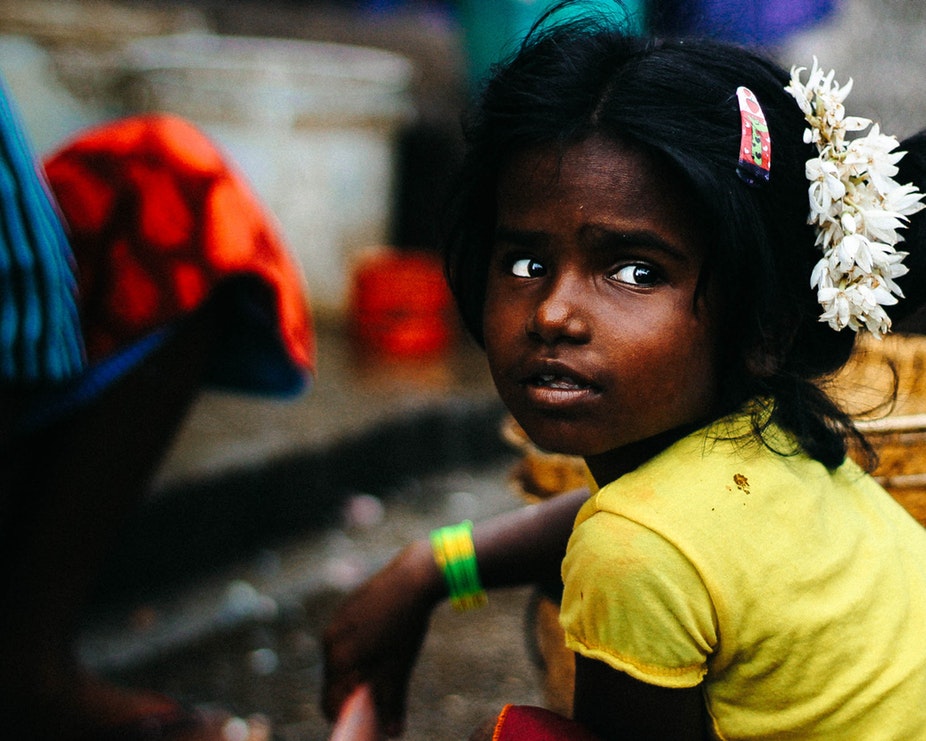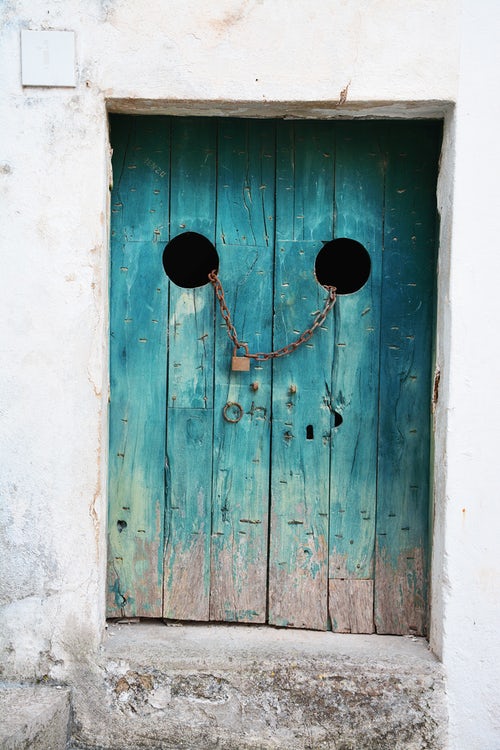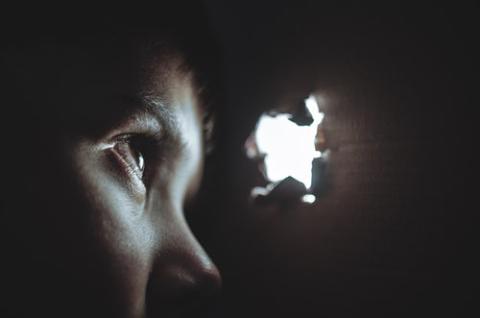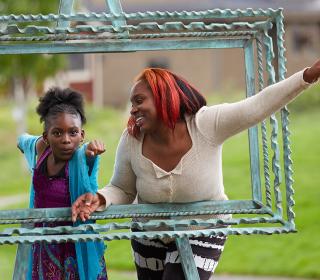What is trafficking?
In 2013, the United Nations adopted A/RES/68/192 on July 30 and declared it World Day Against Trafficking in Persons. Article 3 of the United Nations Office on Drugs and Crime (UNODC) defines trafficking in persons as,
"the recruitment, transportation, transfer, harboring or receipt of persons, by means of the threat or use of force or other forms of coercion, of abduction, of fraud, of deception, of the abuse of power or of a position of vulnerability or of the giving or receiving of payments or benefits to achieve the consent of a person having control over another person, for the purpose of exploitation."
Exploitation can also include sexual exploitation, organ harvesting, and forced labor.
The three elements of human trafficking include;
- The act (what is done) – This entails recruitment, transportation, or transfer of people.
- The means (how it is done) – This is the threat or use of force, coercion, kidnapping, use of positionality, or payment of persons.
- The purpose (why it is done) – Human trafficking is done simply for exploitation and for the fact that the market for it exists.

What the Research Shows
The International Labour Organization (ILO) estimates 21 million people are victims of forced labor globally. This estimate also includes victims of human trafficking for labor and sexual exploitation. While it is not known how many of these victims were trafficked, the estimate implies that currently there are millions of trafficked persons in the world.
Every country in the world is affected by human trafficking, whether as a country of origin, transit, or destination for victims. Children make up almost a third of all human trafficking victims worldwide, according to the UNODC's Global Report on Trafficking in Persons. Additionally, women and girls comprise 71 percent of human trafficking victims, the report states.

Take Action
This year the UNODC chose "act to protect and assist trafficked persons" as this year's theme. This highlights one of the most pressing issues of our time – the large mixed migration movements of refugees and migrants. The theme puts the spotlight on the significant impact of conflict and natural disasters, as well as the resultant multiple risks of human trafficking that many people face.
It also addresses the key issue concerning trafficking responses: that most people are never identified as trafficking victims and therefore cannot access most of the assistance or protection provided. King County offers many resources for victims who have been trafficked. At YWCA we offer services for women who have been trafficked. Please take action today! Together we can stop the inhumane treatment of all people, especially those of women and children who make up the largest percentage of trafficked persons.

Salma Siddick is the Social Media & Content Manager at YWCA Seattle | King | Snohomish. An immigrant from Zimbabwe, Salma has lived, worked, and attended school on three continents.
We share the stories of our program participants, programs, and staff, as well as news about the agency and what’s happening in our King and Snohomish community.

